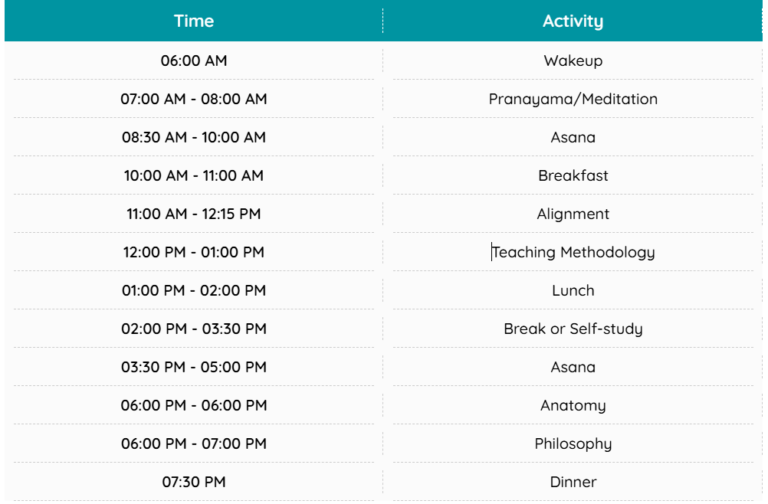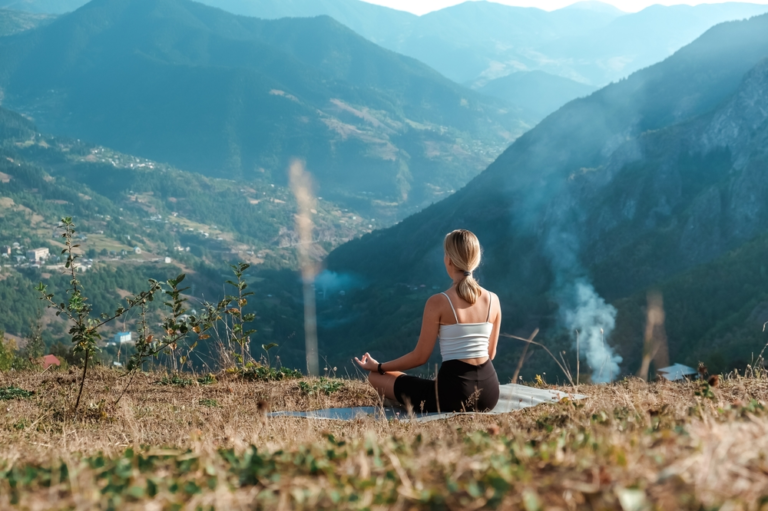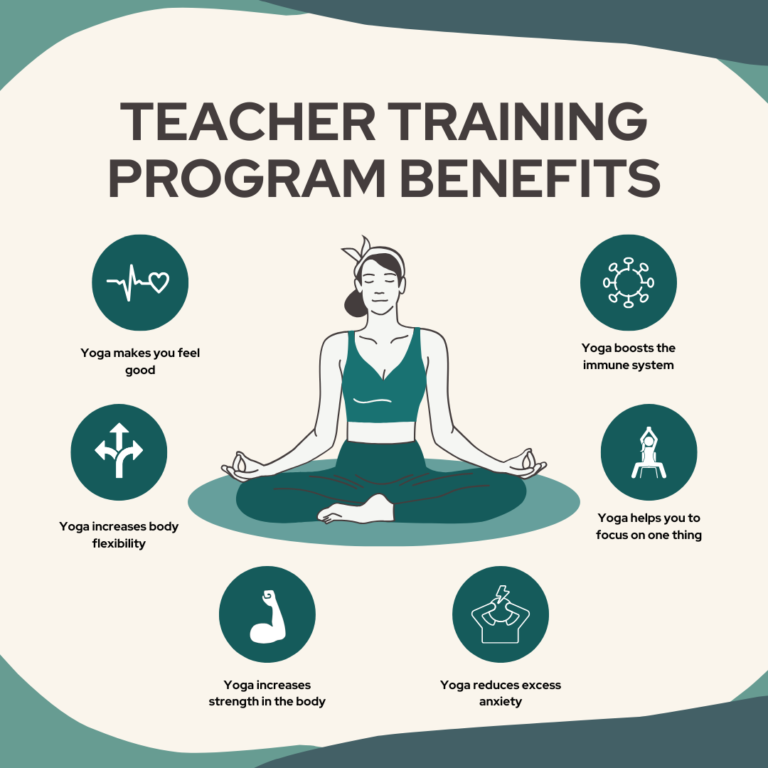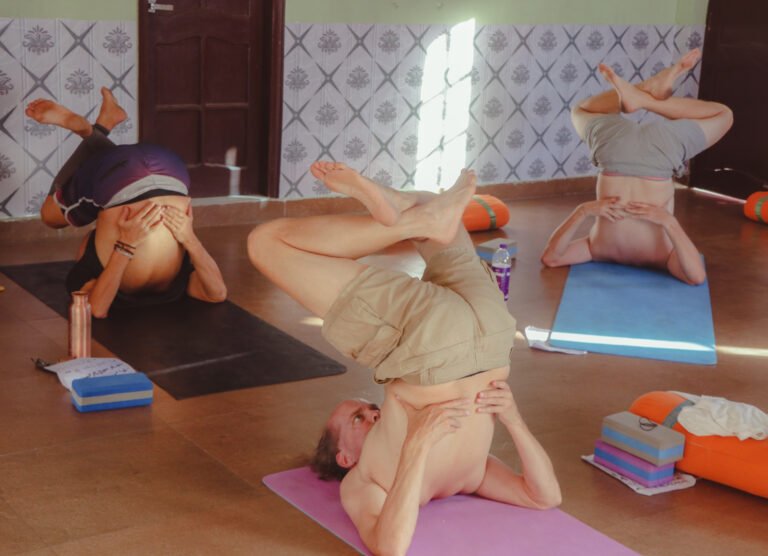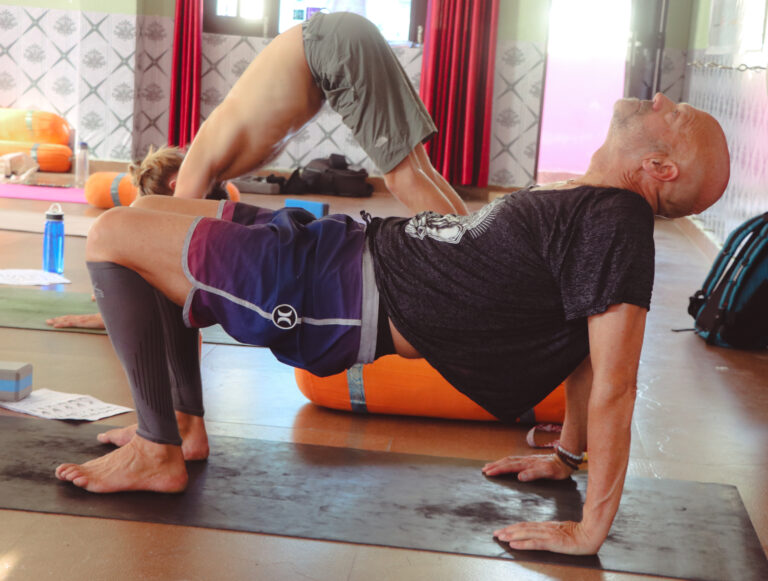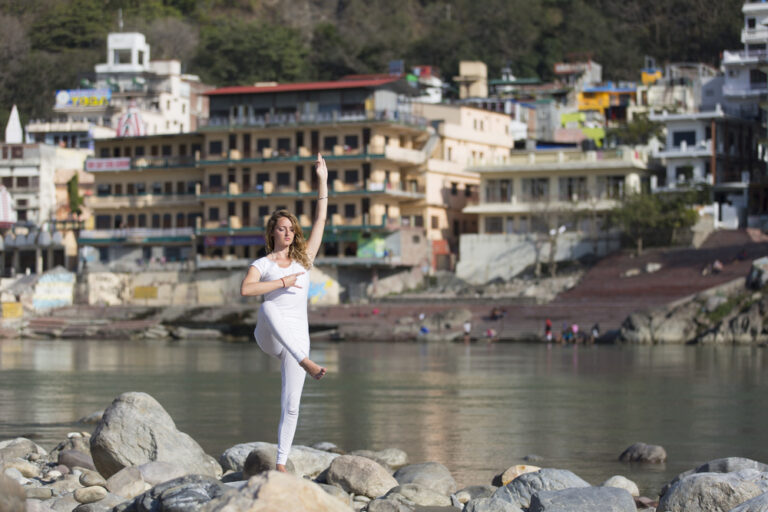Ever walk into a yoga studio and feel like your head might just spin from the sheer number of classes offered? Options are good, but what about the yoga asana when you have to choose between the two? Two styles that quickly come up are Ashtanga and Vinyasa. While they may sound similar, they really have pretty distinct personalities and benefits.
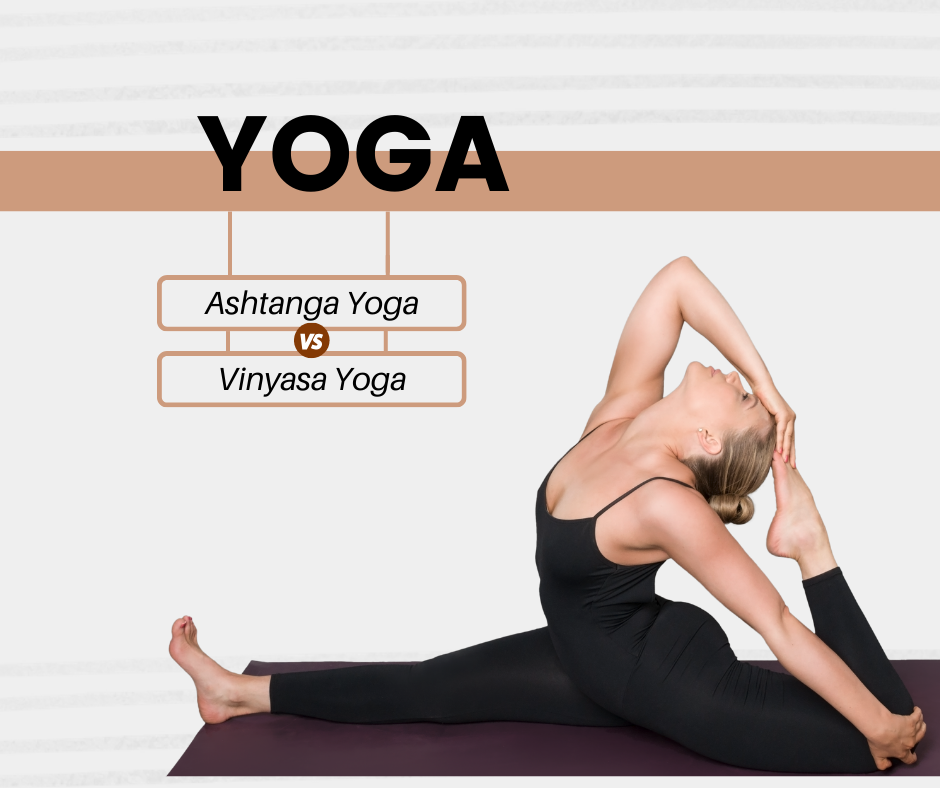
But which one to choose between the two? Well, we are here to solve this issue for you, as today we are going to dig deeper into these two popular yoga styles. We will break down their key differences, look at their unique strengths, and help you figure out which one is your perfect match.
So, we are here welcoming all the seasoned yogis and curious beginners. Grab a cup of tea, and let’s get started!
People also read: Rishikesh: The Birthplace of Modern Yoga and Its Timeless Spiritual Influence
Ashtanga Yoga: The Traditional Path
You all must have heard about this yoga practice, but do you know who is behind its popularity? The most renowned yogi, Pattabhi Jois, popularized Ashtanga yoga, a very energetic and challenging style of yoga with a long history. In the twentieth century, he brought this age-old practice back to life.
Sequence: A Spiritual Journey
Ashtanga yoga maintains what are called the Primary Series, which is quite different from many other modern styles of yoga. The Primary Series connects movement and breath, making it a fairly challenging mental and physical workout. As you advance, each new series builds on the one before it, allowing you to go further into advanced series.
Power of Breath and Focus
The concept of vinyasa—a linked breath and movement—has its heart in Ashtanga. Flowing through the postures, breath directs body movements, resulting in a rhythmic dance that energizes and calms the mind.
To supplement physical and mental benefits, the practice of Ashtanga also incorporates bandhas, which are energy locks to stabilize the body and mind. Lastly, drishti, or a focused gaze, promotes steadiness of mind and deepens the practice.
The Transformative Power of Ashtanga
A regular practice of Ashtanga offers you a vast array of benefits: physically, it builds strength, flexibility, and stamina, while mentally, it instills focus, clarity, and serenity. Besides, the practice can also result in profound physical and spiritual transformation.
Vinyasa Yoga: The Creative Flow
The other one in the options we have is the vinyasa yoga, which is often termed as a “flow” practice, a dynamic style that’s gained immense popularity lately. While sharing roots with Ashtanga, Vinyasa is a more creative and adaptable approach.
A Fluid Dance of Body and Mind
Unlike Ashtanga sequences, which are fixed, Vinyasa has fluid and creative sequences just like the flows of water. As they move with their breath, teachers frequently combine postures in a fluid manner. In order to meet every need or choice, this flow supports a more personalized practice.
Breathing and Mindfulness: The Core of Vinyasa
The principle of vinyasa, or breath-synchronized movement, is at the heart of Vinyasa. As you move from one pose to the next, your breath guides your flow. This mindful connection between breath and body helps reduce stress, improves focus, and cultivates a sense of inner peace and calmness.
The Energizing Benefits of Vinyasa
Vinyasa yoga allows for a wide variety of both physical and mental benefits, which is great for making you more flexible and strong, balanced, and can also even boost your energy levels and work to reduce stress.
You can connect with your body, calm your mind, and refresh your spirit by using mindful movement combined with deep breathing through Vinyasa.
You may also like: Exploring the Philosophy Behind Yoga: Beyond the Physical Postures
Ashtanga vs. Vinyasa: Key Differences
Ashtanga and Vinyasa have a common origin, but they differ altogether. Below are the main points of difference:
Frame: A Fixed Path vs. A Creative Flow
- Ashtanga: A strict sequence of postures, called the Primary Series. This gives the practitioner a base for a uniform and progressive practice.
- Vinyasa: A much freer style. Their teachers often link together postures in a dynamic flow, so it offers a changing and more personalized experience.
Intensity: A Hypnotic Practice vs. A Relaxed Flow
- Ashtanga: Most physically demanding; a fast-paced, highly physical class may be challenging for the new yogis, but it is great to have the focus and challenge-taking ability.
- Vinyasa offers a gentler and more varied level of physical activity; while it can still be difficult, it does provide some time for a more relaxing and enjoyable yoga practice.
Concentration: Meditation in Motion vs. Mindful Movement
- Ashtanga: Very strong emphasis on breathing, and the physical practice puts you in a meditative state. In this class, repetitive poses and synchronized breath help you learn the technique of quieting the mind.
- Vinyasa: Movement with breath awareness where you will be well connected with the environment around you. It may not create a meditative aspect quite like Ashtanga, but it still assists in finding a calm state of mind.
Which Style is Right for You?
Now that you have quite the clarity on Ashtanga and Vinyasa, the next big question is: Which one’s perfectly right for you?
Goals in mind
- Fitness: If you are into something that challenges you on your body to build strength, flexibility, and endurance, Ashtanga might be ideal for you.
- Clear-headedness: If you’re after something that would ease stress and help you focus—meditative and gentle—Vinyasa would be better.
- Balancing: If you want something physically challenging balanced with the relaxing approach, check both styles out. Many modern yoga classes cover a little of both Ashtanga and Vinyasa styles, offering a more well-rounded and dynamic workout.
Experience level
- Beginners: If you are new to yoga, it might probably be easier for you to start with Vinyasa. The very adjustable nature of Vinyasa gives you the ability to proceed in whatever way that feels best for you.
- Experienced Yogis: If you have experienced yoga before and would like to stretch a little bit further or see what you’re really capable of, then Ashtanga could be the appropriate choice.
Just follow your heart:
In the end, the best way to choose would be to listen to your body. Give yourself a few months of taking different classes and different sequences, and allow yourself the time to find out what feels right. Yoga is a very personal journey. So there are no rights or wrongs.
Wrapping Up
And so that leaves us with Ashtanga versus Vinyasa, two breathtakingly powerful schools of yoga, each boasting benefits that are unique to themselves. If Ashtanga’s structured yet physically challenging nature draws you in or Vinyasa’s creative flow appeals to you, there’s sure to be a style of yoga that will help you get in touch with your body, mind, and spirit.
The best way to find which style is most beneficial for you is simply to try it. Get on the mat, take a deep breath, and let the yoga take its course.
And always remember that the most important thing is to enjoy yourself and pursue what makes you happy.
Namaste!
Short Yoga Retreats from Kaivalyam
| 3 Days Yoga Retreats in Rishikesh, India |
| 5 Days Yoga Retreats in Rishikesh, India |
| 7 Days Yoga Retreats in Rishikesh, India |
| 10 Days Yoga Retreats in Rishikesh, India |
Yoga Teacher Training Courses from Kaivalyam

